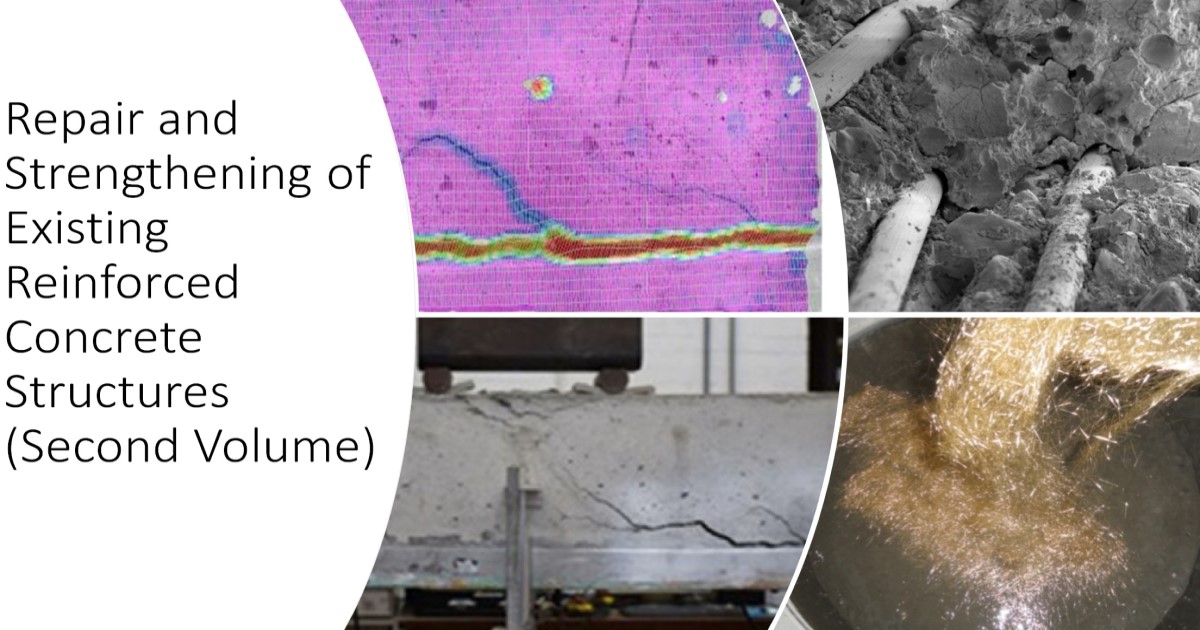- 3.2Impact Factor
- 6.4CiteScore
- 16 daysTime to First Decision
Repair and Strengthening of Existing Reinforced Concrete Structures (Second Edition)
This special issue belongs to the section “Construction and Building Materials“.
Special Issue Information
Dear Colleagues,
Recent devastating earthquakes have highlighted the urgent need for the structural upgrade of existing Reinforced Concrete (RC) structures that are prone to structural failures and collapses.
At the same time, the need for immediate actions to mitigate the dramatic consequences of the climate emergency is a key priority, and novel cost-effective solutions are required for the enhancement of energy efficiency and the thermal insulation of existing structures using sustainable resources.
This second volume of the Special Issue “Repair and Strengthening of Existing Reinforced Concrete Structures” is focused on the development of novel repair and strengthening techniques using sustainable materials for the enhancement of structural performance and energy efficiency.
Authors are welcome to submit original contributions in the following areas:
- Low-cost repair and strengthening techniques.
- The development of novel repair and strengthening techniques using sustainable materials.
- Enhancing the structural performance, resilience, and longevity of existing RC structures.
- Structural and energy upgrade of existing RC structures.
- Multi-hazard protection of existing RC structures.
Dr. Andreas Lampropoulos
Guest Editor
Manuscript Submission Information
Manuscripts should be submitted online at www.mdpi.com by registering and logging in to this website. Once you are registered, click here to go to the submission form. Manuscripts can be submitted until the deadline. All submissions that pass pre-check are peer-reviewed. Accepted papers will be published continuously in the journal (as soon as accepted) and will be listed together on the special issue website. Research articles, review articles as well as short communications are invited. For planned papers, a title and short abstract (about 250 words) can be sent to the Editorial Office for assessment.
Submitted manuscripts should not have been published previously, nor be under consideration for publication elsewhere (except conference proceedings papers). All manuscripts are thoroughly refereed through a single-blind peer-review process. A guide for authors and other relevant information for submission of manuscripts is available on the Instructions for Authors page. Materials is an international peer-reviewed open access semimonthly journal published by MDPI.
Please visit the Instructions for Authors page before submitting a manuscript. The Article Processing Charge (APC) for publication in this open access journal is 2600 CHF (Swiss Francs). Submitted papers should be well formatted and use good English. Authors may use MDPI's English editing service prior to publication or during author revisions.
Keywords
- repair and strengthening
- reinforced concrete structures
- structural strengthening
- sustainability
- energy upgrade
- multi-hazard protection

Benefits of Publishing in a Special Issue
- Ease of navigation: Grouping papers by topic helps scholars navigate broad scope journals more efficiently.
- Greater discoverability: Special Issues support the reach and impact of scientific research. Articles in Special Issues are more discoverable and cited more frequently.
- Expansion of research network: Special Issues facilitate connections among authors, fostering scientific collaborations.
- External promotion: Articles in Special Issues are often promoted through the journal's social media, increasing their visibility.
- e-Book format: Special Issues with more than 10 articles can be published as dedicated e-books, ensuring wide and rapid dissemination.

